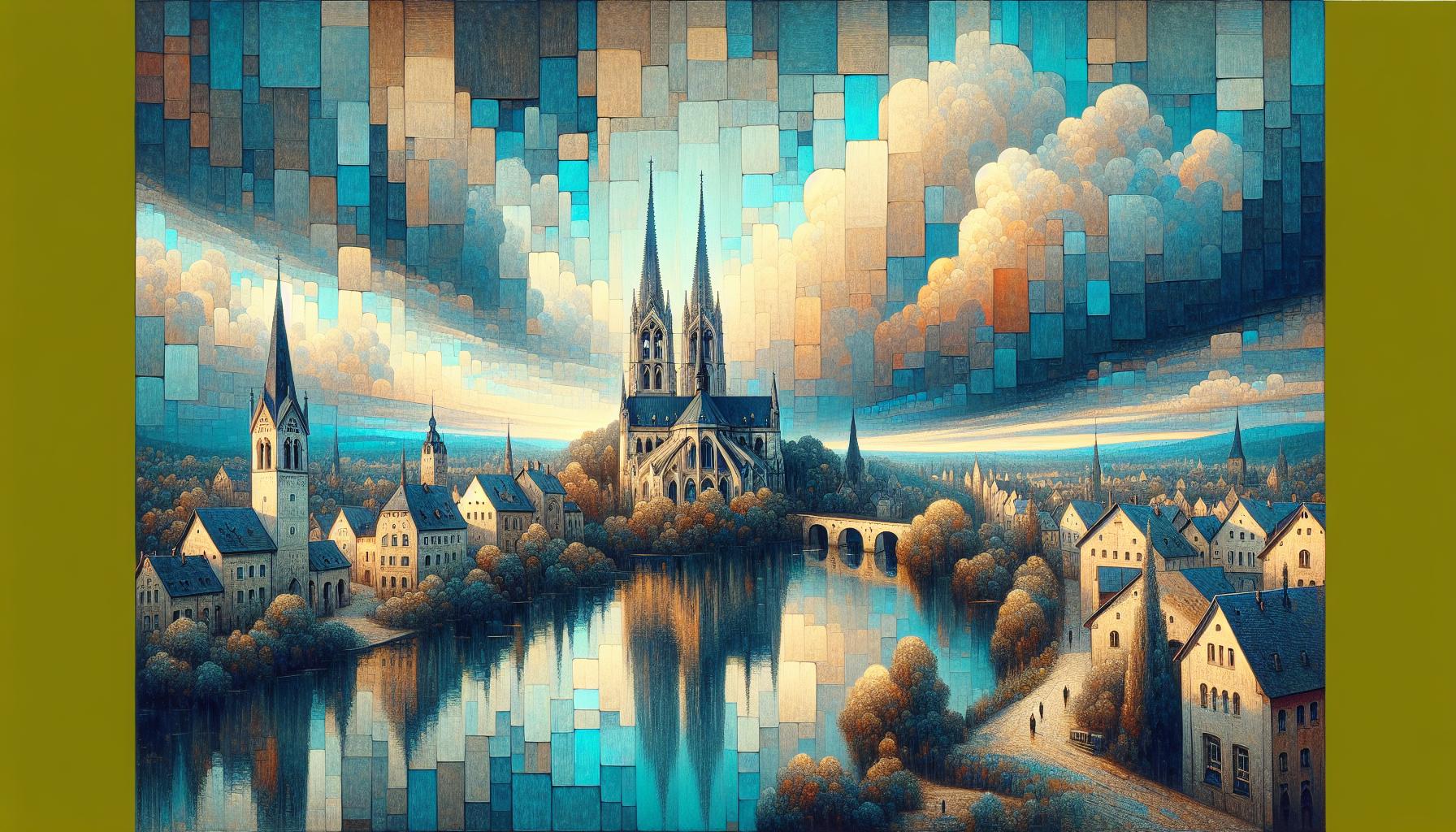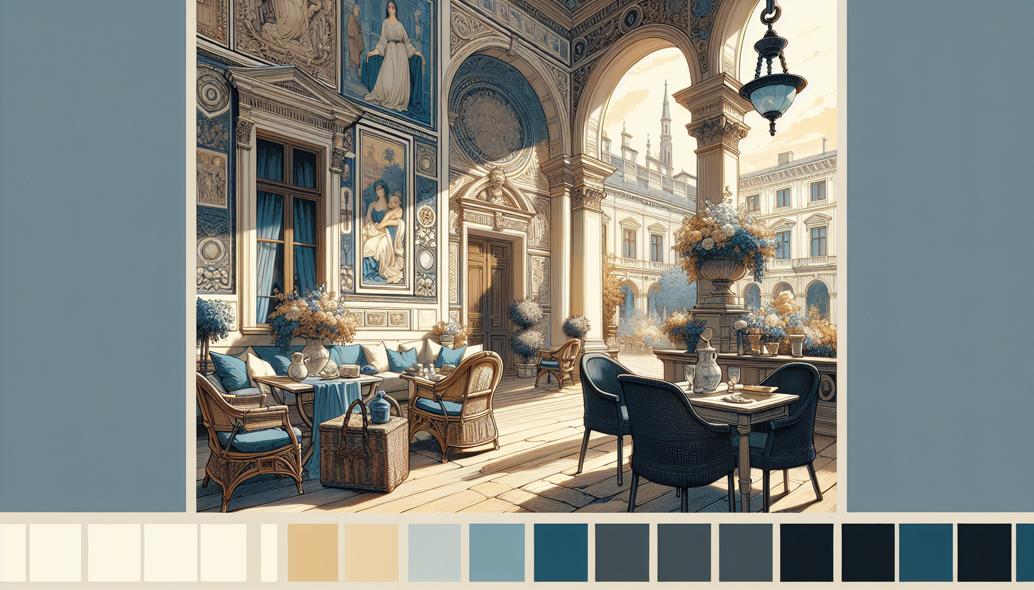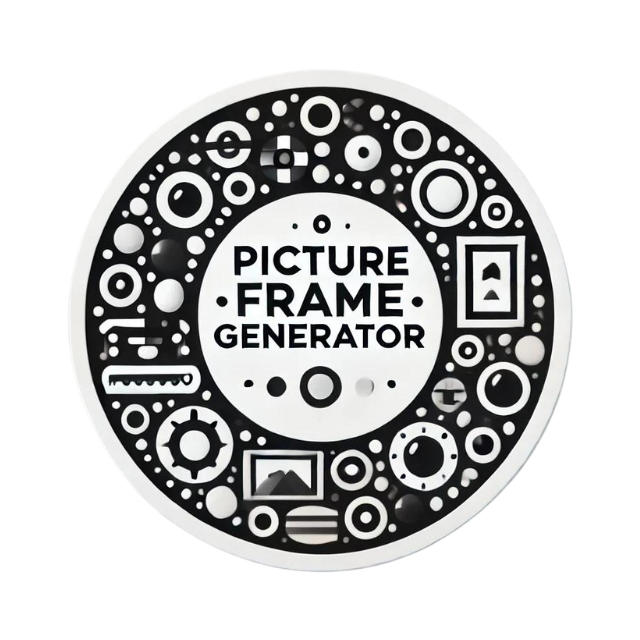Mastering Perspective in Drawing - Advanced Concepts
Unlock the power of advanced perspective techniques to elevate your drawings from flat to lifelike masterpieces. Dive into dynamic methods that transform cityscapes and character poses, bringing your art to life with depth and realism.

Mastering Perspective in Drawing: Advanced Concepts
Perspective in drawing is the magic sauce that transforms flat, two-dimensional sketches into lifelike representations. While basic perspective principles are beneficial for beginners, advanced perspective techniques are essential for artists looking to create dynamic compositions. In this blog post, we will delve into advanced perspective methods, equipping you with insightful tools and tips to elevate your artwork.
Mastering perspective requires a profound understanding of space, vanishing points, and depth. Advanced techniques can bring a whole new level of realism and dynamism to your art. Whether you're drawing bustling cityscapes, intimate interior scenes, or dynamic character poses, these methods will enhance your ability to depict the world around you accurately.
Understanding Beyond Basic Perspective
Multi-Point Perspective
Most beginners are familiar with one-point and two-point perspective. However, for more organic and complex scenes, multi-point perspective becomes invaluable. This technique typically involves three or more vanishing points.
Imagine drawing a tall building from a vantage point looking up; this scenario requires three-point perspective to accurately depict the phenomenon of foreshortening at both the vertical and horizontal planes. This method is often used to draw towering structures, steep staircases, and expansive cityscapes, adding drama and exaggerated realism.
- Implementing Multi-Point Perspective: Start by sketching a horizon line, then identify and sketch multiple vanishing points. Utilize these points to guide your linework, ensuring each set of parallel lines in your scene converges towards a different vanishing point. The meticulous alignment enhances depth and realism, as each element appears natural and coherent within the scene's framework.
- Tip: Practice freehand lines converging naturally towards multiple vanishing points to gain confidence. Each stroke should resonate with purpose and intent.
Curvilinear Perspective
To produce a fish-eye effect or depict vast landscapes wrapped around a central point, curvilinear perspective is crucial. This advanced method imitates the distortion seen through a wide-angle lens. The resultant compositions are inherently dynamic and expansive.
- Drawing With Curvilinear Perspective: Begin by drawing a circular grid, which will serve as your guide. Lines radiate out from the center in curved paths, allowing you to shape and position objects. Maintain a balance between distortion and recognizability to keep the scene both captivating and cohesive.
- Tip: Experiment with both subtle and extreme curvilinear perspectives. Study photography and cinematic examples to understand how curvilinear perspectives convey emotion and atmosphere.

Dynamic Compositions: Using Perspective for Impact
Foreshortening Techniques
Foreshortening is essential for creating dynamic compositions, especially in figure drawing. It's the method of depicting an object or figure in a picture in depth. Foreshortening pushes parts of the subject at various angles relative to the perspective, giving them varying levels of depth and prominence.
- Achieving Foreshortening: To create believable foreshortening, break down the subject into basic geometric shapes. Evaluate how these shapes contract or expand as they come closer to the viewer or fade into the distance. A foreshortened arm, for instance, should feature exaggerated near segments and reduced far segments, enhancing its perspective.
- Tip: Practice drawing cylinders from various angles and orientations, alongside the primary figures, to improve your understanding and execution of foreshortening.
Layering and Overlapping
Utilizing the principles of overlapping and layering intensifies depth and detail, contributing to vibrant compositions. Overlapping is an excellent vehicle for expressing the spatial relationships between objects, creating an illusion of depth without relying solely on vanishing points.
- Creating Overlap: Strategically position elements so that closer elements partially obscure those farther away. Employ these layering techniques deliberately within scenes to create a tangible hierarchy of elements.
- Tip: Apply varying levels of detail to layers at different depths. The eye naturally focuses on the most detailed portions of a composition, so distribute details and textures mindfully to guide the viewer's gaze.
Expert Tips for Elevating Your Perspective Drawing
- Regular Perspective Practice: Enforce the habit of practicing perspective daily. Regularly sketch simple objects around you with an intentional focus on perspective. This helps in honing your spatial judgment and lines accuracy, building a strong perceptual base.
- Observation and Analysis: Observe your environment critically—note how parallel lines converge in real life, how light and shadow affect perceptions of depth, and the immediate examples of perspective in everyday life.
- Sketchbook Studies: Maintain a dedicated sketchbook for perspective studies. Regular practice of horizons, vanishing points, and varied perspective exercises will enhance your conceptual understanding.
- Digital Tools: Test digital applications and software that provide perspective grids and modeling features, such as Procreate or SketchUp. These tools aid in visualizing different perspectives in a faster, cost-efficient manner, allowing you to trial different perspectives with minimal setup.
In conclusion, mastering perspective is a surefire way to enhance your capabilities as an artist, particularly in producing engaging and dynamic compositions. Advanced techniques like multi-point and curvilinear perspectives, when applied with thought and skill, can transform your drawings into immersive experiences. Invest time in practice and observation, experiment boldly, and embrace the complexity of the world around you in your artistic journey.
